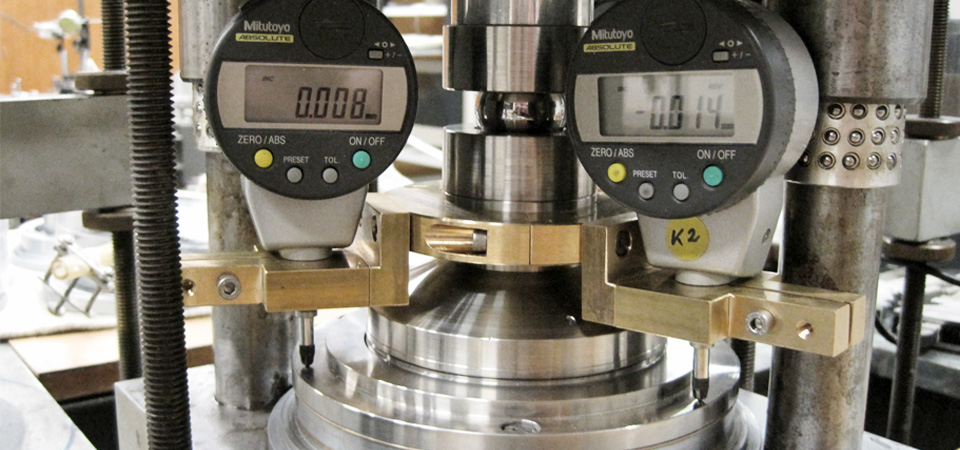
Numerical models can never be better than the “constitutive laws” employed for the soil. The aim is thus to describe the mechanical interaction between stresses and strains in each individual soil element as realistically as possible. For several decades, IBF has been one of the trailblazers in the development of such constitutive relations.
Hydroplasticity and viscoplasticity
A model called “hypoplasticity” describes granular soils, “viscoplasticity” cohesive soils under monotonic loading and unloading. In comparison with many widely used simple models, properties like shear strength, volume changes (dilatancy) and compressibility are no longer regarded as material constants but dependent on state variables and history (in terms of density, stress and overconsolidation ratio). The required parameters can be determined easily by means of standard tests.
Small-strain stiffness
Under smallest cyclic and dynamic strains, a grain skeleton is deformed in an almost elastic manner without grain redistribution. In comparison with large monotonic deformations, the stiffness of the material is increased. For this strain regime, the IBF has already proposed a special constitutive relation (“intergranular strain”) and is about to develop a new even more realistic description (“paraelasticity”).
High-cycle accumulation model
Numerical models as the ones mentioned are in general used for “implicit” calculation steps, which means that every new load step is applied in small portions and a new equilibrium has to be found each time. A calculation of many thousand cyclic load applications would, however, fail due to increasing numerical errors. This is why IBF developed an “explicit” calculation scheme which extrapolates the additional mean deformation generated in each cycle. The number of cycles is unlimited. The required parameters are derived sing cyclic triaxial tests. At present, a comprehensive database is built up for various soils.
- “System dynamics and long-term performance of railway undercarriage, track and substructure“, subproject “Compliance of the ballast superstructure” (DFG-SPP 1015, 1996-2002)
- “Strong earthquakes: From the basics of geosciences to engineering measures“, subproject “Nonlinear wave phenomena in fine-grained and compressive soils“ (DFG-SFB 461, 1996-2007)
- “Influence of changes in the subsoil fabric on the endurance of structures“, subproject “Loss of equilibrium in saturated and dry granular skeletons“ (DFG-SFB 398, 1999-2007)
- “Development of methods for ultimate limit and serviceability limit state design of ductile geotechnical structures subject to strong earthquakes“ (DFG, 2003-2010)
- “Evolution and implication of boundary layers on walls and columns in granular soil“ (DFG, 2003-2008)
- “Influence of the grain size distribution uniformity coefficient and the fraction of fines on the dynamic parameters of granular soils“ (DFG, 2005-2009)
- “Behaviour of cohesive soils under high-cycle loads: Laboratory experiments and constitutive description” (DFG, 2005-2011) “Influence of grain-size distribution on the dynamic properties of granular soil“ (DFG, 2010-2015)
- “Improvement of an accumulation model for high-cyclic loading“ (DFG, since 2010)
- “Modelliing of induced and inherent anisotropy of sand“ (DFG, since 2014)
- “Development and implementation of a hydromechanical model for partially saturated sands“ (DFG, since 2015)

